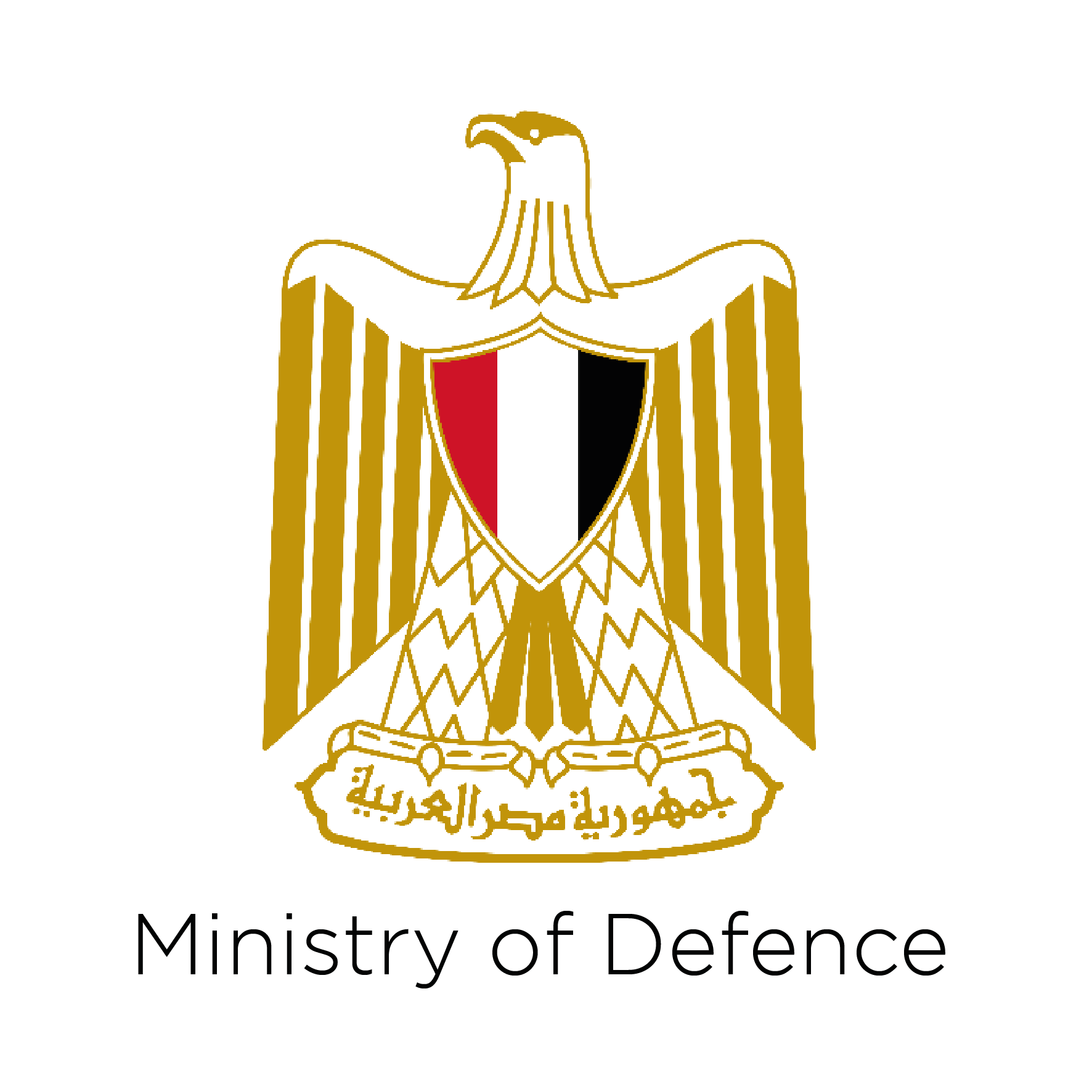The Middle East and Africa's First Airline: The Evolution of EgyptAir
)
The Birth of Misr Airwork:
The inception of EgyptAir marked a pivotal moment in aviation history, born from the visionary collaboration of three pioneers: Kamal Alawi, Mohamed Sedqy, and Talaat Harb. Their collective efforts culminated in the issuance of the Royal Decree on May 7th, 1932, officially establishing EgyptAir. Given the name "Misr Airwork" in English, the company embarked on a journey to redefine air travel, setting the stage for decades of innovation and excellence in the skies.
It became The Middle East and Africa's first airline and the seventh-oldest globally. Initially operating routes between Cairo and Alexandria, Misr Airlines steadily expanded its network to include destinations like Haifa.
First Female Pilot:
In October 1933, Egypt witnessed a historic milestone as Lotfia El-Nadi became the first woman in the country to obtain a private pilot's license, marking a significant leap forward for women in aviation.
Renaming to Misr Airlines:
After World War II in 1939, the company entered a new phase as its capital became entirely Egyptian following the withdrawal of its British foreign partner, Air Work. This pivotal moment led to the company's renaming to Misr Airlines in 1941. By July 1946, the Egyptian civil air fleet boasted 18 aircraft, including a mix of Beechcraft, Avro 19, de Havilland 86, de Havilland 89, de Havilland 84, and de Havilland 90. Notably, the acquisition of 5 Viking aircraft in this period marked a transition to larger aircraft, enhancing passenger service with the introduction of cabin crews and hot meals.

Revolutionising Training:
In 1952, the company made history again by introducing the first simulator to train its pilots, a pioneering move that positioned the company as a leader in aviation training. The Egypt Aviation Institute quickly became a premier destination for aspiring pilots and aviation enthusiasts alike.
Jet Setting Through the 60s:
In the 1960s, EgyptAir saw significant advancements, including the introduction of three De Havilland "Comet-4C" aircraft, each seating eighty-four passengers and equipped with four jet engines. This decade also marked the inauguration of the company's longest routes since its inception, notably the Cairo/Rome/Frankfurt/Zurich/London route.
In 1960, President Gamal Abdel Nasser unified EgyptAir and the Syrian Airlines Corporation into a single entity named "United Arab Airlines," following the 1958 unity between Egypt and Syria. By 1962, the company underwent restructuring, becoming the General Arab Aviation Corporation. It encompassed United Arab Airlines for international routes, EgyptAir for domestic flights, the General Company for Aircraft Services and Catering, and the Karnak Tourism Company. EgyptAir Duty Free Shops were established at Cairo Airport in 1963.

Evolution into EgyptAir:
In 1971, the company underwent significant restructuring with the establishment of the Egyptian General Authority for Civil Aviation by presidential decree. The airline transferred its affiliation to this authority, reverting to its original name, "EgyptAir." The Ministry also became associated with the new authority alongside key entities such as the General Meteorological Authority, Cairo Airport Authority, and the National Institute for Aviation Training. Following the October War victory, EgyptAir achieved milestones including the opening of the Middle East's largest aviation services complex and initiation of contracts for a cargo village.

The Golden Age:
in 1980, Engineer Mohamed Fahim Rayan took the helm as Commissioner General, later becoming President of its Board of Directors until 2002. Under his leadership, a robust development plan was implemented, expanding the route network and fleet. Eight Airbus A300-B4 aircraft were acquired to serve Europe and the Middle East markets, followed by three Boeing B767-200 planes, and two B767-300 aircraft to meet long-distance travel demands. Additionally, seven Airbus A320-200 planes were purchased to cater to Egypt's tourist destinations and facilitate direct tourist traffic. The fleet was further enhanced with the acquisition of five Boeing 737-500 aircraft, three Boeing B777-200 planes, and three Airbus A340-200 ultra-long-range aircraft to serve North American and Japanese markets. This was complemented by the addition of four Airbus A321-200 aircraft to tap into emerging charter markets.
A new structure and joining the largest global alliance:
In 2002, the Ministry of Civil Aviation was established, leading to EgyptAir Corporation becoming a holding company under its direct purview. The restructuring saw the formation of subsidiaries such as Ground Services, Maintenance, Air Services, Air Cargo, Tourism, Duty Free, Medical Services, and Airlines. By 2004, EgyptAir achieved significant milestones including obtaining the prestigious IOSA certificate from IATA, becoming the first airline in Africa and seventeenth globally to receive it. This period also witnessed the establishment of Express for Domestic Airlines and Complementary Industries.
In 2008, EgyptAir joined the esteemed Star Alliance, becoming its twenty-first member and solidifying its global presence. Concurrently, Terminal 3 was inaugurated at Cairo International Airport, serving as a hub for EgyptAir and other Star Alliance carriers.

Modernisation and Growth:
Over the years, EgyptAir has demonstrated resilience and adaptability in the face of challenges, including political shifts and economic downturns. Today, it boasts a diverse fleet of modern aircraft and an extensive route network connecting Cairo with 72 destinations across 52 countries.
EgyptAir's journey reflects the broader narrative of Africa's aviation industry, marked by innovation, perseverance, and adaptation. As it continues to navigate through dynamic market conditions, EgyptAir remains a symbol of Egypt's aviation prowess and a key player in shaping the future of air travel in Africa and beyond.
Egypt International Airshow
While EgyptAir's rich history continues to unfold, its legacy intertwines with the present-day excitement of the upcoming Egypt International Airshow (EIAS). This event serves as a pivotal moment to witness the evolution of aerospace, offering a unique opportunity to engage with industry leaders, innovators, and pioneers.
Join us at EIAS to delve deeper into EgyptAir's journey and explore potential collaborations firsthand. Interested in exhibiting? Contact us today to reserve your space and connect with EgyptAir at the forefront of aviation excellence.

















.png)










